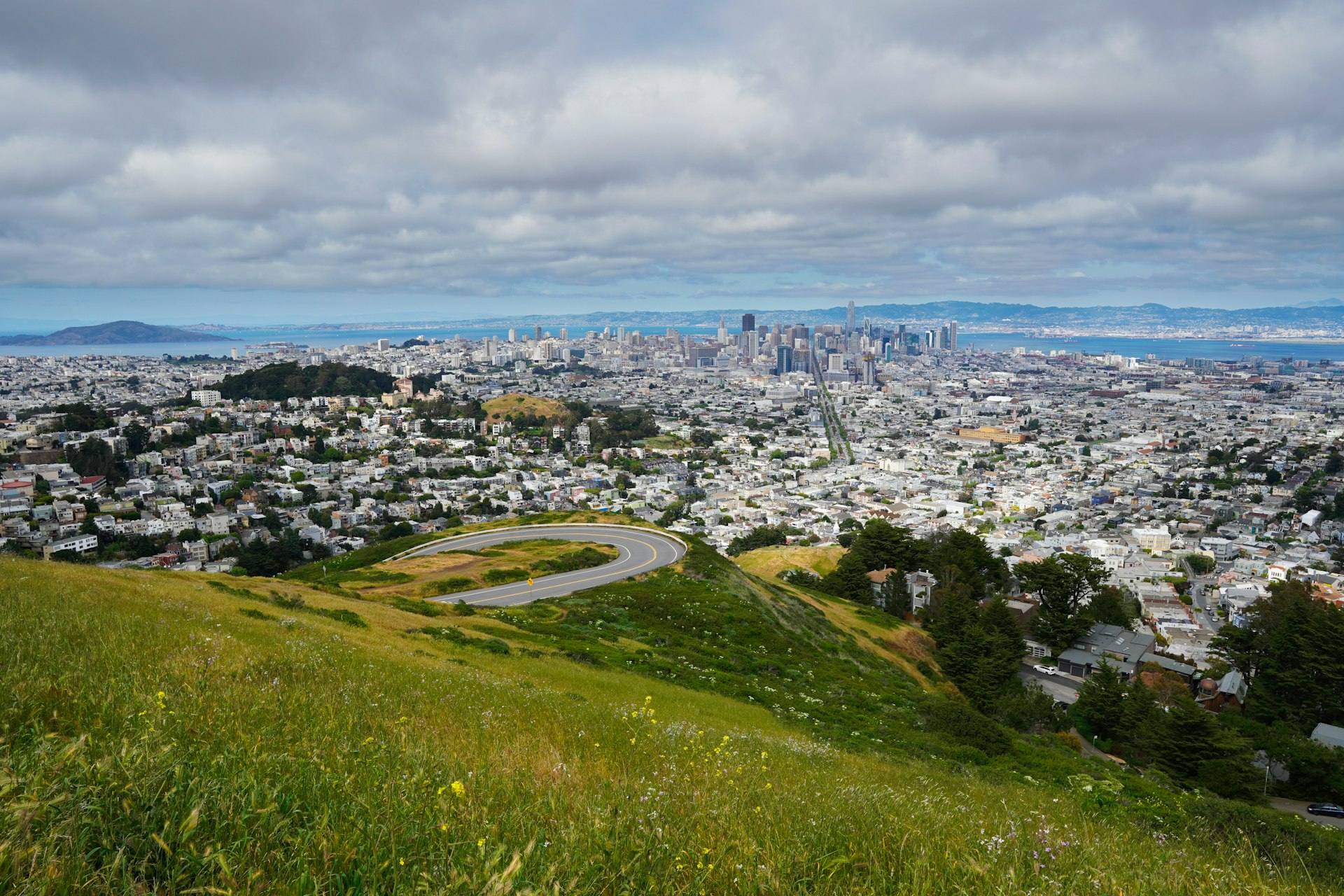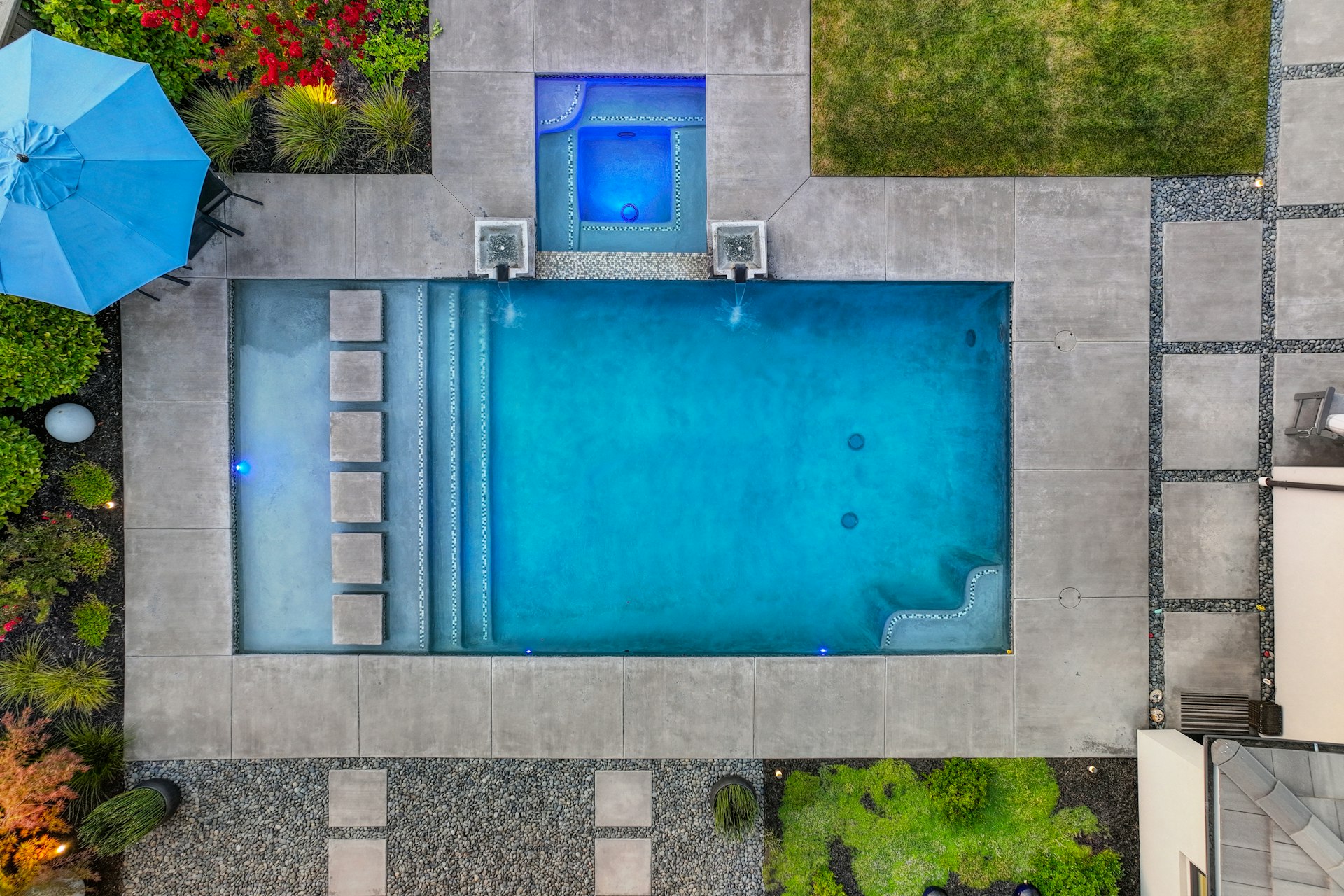Mastering Nature Soundscape Composition: Techniques, Examples, and Practical Guidance

Photo by RiÄards Zvagulis on Unsplash
Introduction
Nature soundscape composition is an interdisciplinary art form that blends field recording, digital editing, and creative imagination to produce immersive auditory environments. Whether for ecological research, artistic expression, or personal enjoyment, composing with natural sounds requires a thoughtful approach to recording, layering, processing, and presenting environmental audio. This article provides an in-depth exploration of established and emerging techniques, real-world examples, and step-by-step guidance for developing your own soundscape compositions.
Understanding Nature Soundscapes
At its core, a
nature soundscape
refers to an acoustic environment primarily composed of natural sounds. These may include animal vocalizations, weather phenomena, water, wind, and other elements found in outdoor settings. Soundscape composition treats these sounds both as
subject
and
content
, blurring the lines between representation and abstraction
[3]
.
There are two primary compositional approaches:
- Natural Soundscape: Relies on unaltered or minimally edited field recordings, capturing the essence of a specific environment. These works often aim for realism and authenticity, immersing the listener in a particular place [1] .
- Surreal Soundscape: Combines natural recordings with synthetic sounds, musical performances, or digital processing, resulting in imaginative or abstract interpretations of the environment [1] .
Key Techniques in Nature Soundscape Composition
1. Field Recording and Soundwalking
High-quality field recordings are the foundation of authentic soundscapes. Soundwalks-intentional walks focused on attentive listening-are a vital practice for identifying, experiencing, and recording unique environmental sounds [4] . Two main types of soundwalks are:
- Listening Walks: Focus on silent, attentive listening to the environment without interference.
- Exploratory Soundwalks: May include making sounds or interacting with the environment to discover its acoustic properties [4] .
To implement this technique:
- Choose a location with distinctive natural sounds-such as a forest, shoreline, or wetland.
- Use portable, high-fidelity recording equipment (e.g., a stereo or binaural recorder).
- Spend time listening before recording to identify interesting sound sources and patterns.
- Capture extended takes to document changes over time, such as dawn choruses or weather shifts.
Challenges may include unwanted noise, equipment limitations, or accessibility. Solutions involve scouting locations ahead of time, using windshields or shock mounts, and practicing patience.
2. Layering and Blending Sounds
Soundscape compositions gain depth and complexity through the careful layering of diverse sound sources. Common elements include:
- Natural Sounds: Birds, insects, water, wind, and other environmental phenomena.
- Synthetic Sounds: Digitally generated tones, textures, or effects created with synthesizers or software.
- Environmental Sounds: Human activity, distant traffic, or architectural acoustics that add context and realism [2] .
- Musical Elements: Live or pre-recorded music, or instrumental improvisation, can be incorporated for emotional or narrative impact.
Practical steps for layering:
- Import your recorded audio into a digital audio workstation (DAW).
- Organize sounds by frequency range or function (background, midground, foreground).
- Adjust volume and panning to create spatial depth and avoid masking important details.
- Experiment with overlapping, crossfading, or sequencing sounds to build a natural progression.
For example, a forest scene might use a deep wind rumble as a base, mid-range bird calls, and high-frequency insect sounds in the foreground. Musical drones or synthesized pads can add atmosphere or support transitions [2] .
3. Editing and Processing Techniques
Editing allows you to shape the flow, texture, and emotional arc of your soundscape. Key editing and processing techniques include:
- Trimming and Arranging: Remove unwanted sections, arrange clips for narrative flow.
- Equalization (EQ): Balance frequencies to ensure clarity and prevent muddiness.
- Dynamic Processing: Use compression or limiting to control volume fluctuations.
- Reverb and Spatialization: Add depth or simulate specific environments.
- Electronic Processing: Apply effects such as pitch-shifting, filtering, or granulation to create abstract or surreal textures [3] .
For more advanced work, multichannel (surround) technologies can be used to create immersive experiences, both in art installations and scientific research [1] .
4. Conceptual and Thematic Development
Successful soundscape compositions often start with a clear concept or theme. This might be:

Photo by Quinn Aebi on Unsplash
- A specific location (e.g., “Summer in the Wetlands”)
- A narrative or emotional journey (e.g., “Dawn to Dusk”)
- An ecological message or reflection on environmental change
Develop your theme by:
- Outlining the desired emotional impact or story arc.
- Selecting and sequencing sounds to support the narrative.
- Incorporating symbolism or memory triggers, such as recognizable animal calls or weather events [5] .
Some composers also explore interspecies communication or collaborate with ecological researchers to highlight the significance of the recorded environment [1] .
Real-World Examples and Case Studies
Many renowned composers and sound artists have contributed to the field, including:
- R. Murray Schafer: Founder of the World Soundscape Project, developed concepts like soundwalks and acoustic ecology [4] .
- Hildegard Westerkamp: Known for integrating field recordings and personal narrative in soundscape works.
- Claude Schryer: Explores various forms of soundscape composition, from unprocessed field takes to highly processed and synthesized sound environments [3] .
Institutions such as Simon Fraser University and Bournemouth University offer educational resources and research in soundscape composition, providing case studies and tutorials for aspiring composers [5] .
Step-by-Step: Creating Your Own Nature Soundscape Composition
- Define Your Concept: Decide on the mood, message, or environment you wish to evoke.
- Plan Your Field Recording: Scout locations, prepare equipment, and determine the best time of day for unique sounds.
- Conduct a Soundwalk: Spend time listening and recording, capturing a variety of sound sources from your chosen environment.
- Organize and Edit: Import recordings into your DAW, edit unwanted noise, and arrange clips to establish a flow.
- Layer and Blend: Add additional elements-synthetic, environmental, or musical-to enhance depth and texture.
- Process and Polish: Apply EQ, reverb, and other effects as needed. Consider multichannel mixing for immersive results.
- Review and Refine: Listen critically, adjust layers and transitions, and seek feedback from others.
- Present Your Composition: Share your soundscape as a standalone audio work, an installation, or as part of a multimedia project.
If you are interested in academic or professional applications, consider reviewing educational handbooks or participating in workshops provided by leading universities or sound art organizations. When searching for these resources, use keywords such as “soundscape composition course,” “field recording workshop,” or “acoustic ecology program” to find reputable options in your region or online.
Alternative Approaches and Innovations
Soundscape composition is a rapidly evolving field, benefiting from advances in technology and interdisciplinary collaboration:
- Algorithmic and AI-Assisted Analysis: Used in ecological research for fauna census and behavioral studies, often in partnership with composers and sound artists [1] .
- Interactive Soundscapes: Integration with installations or apps that allow users to manipulate elements of the environment in real-time.
- Immersive Audio Formats: Use of binaural, Ambisonic, or multichannel surround systems to create spatially dynamic experiences.
To stay current, follow research published in academic journals, attend conferences, and participate in sound art communities.
Summary and Key Takeaways
Nature soundscape composition bridges art, science, and technology by transforming environmental sounds into evocative, immersive experiences. Through field recording, layering, editing, and conceptual development, composers can create works that invite careful listening, emotional engagement, and environmental awareness. By following the guidance provided above, you can begin exploring this creative field yourself-experimenting with techniques, drawing inspiration from established practitioners, and developing your own unique sound environments.
References
- [1] Revista Música (2023). Soundscape composition, hearing the real and surreal.
- [2] Audiocube (2024). Soundscaping Guide – The Art Of Soundscape Creation.
- [3] Bob Gluck (2005). The Nature and Practice of Soundscape Composition.
- [4] Bournemouth University (2015). Introduction to Soundscape Composition.
- [5] Simon Fraser University (2022). Soundscape Composition.



